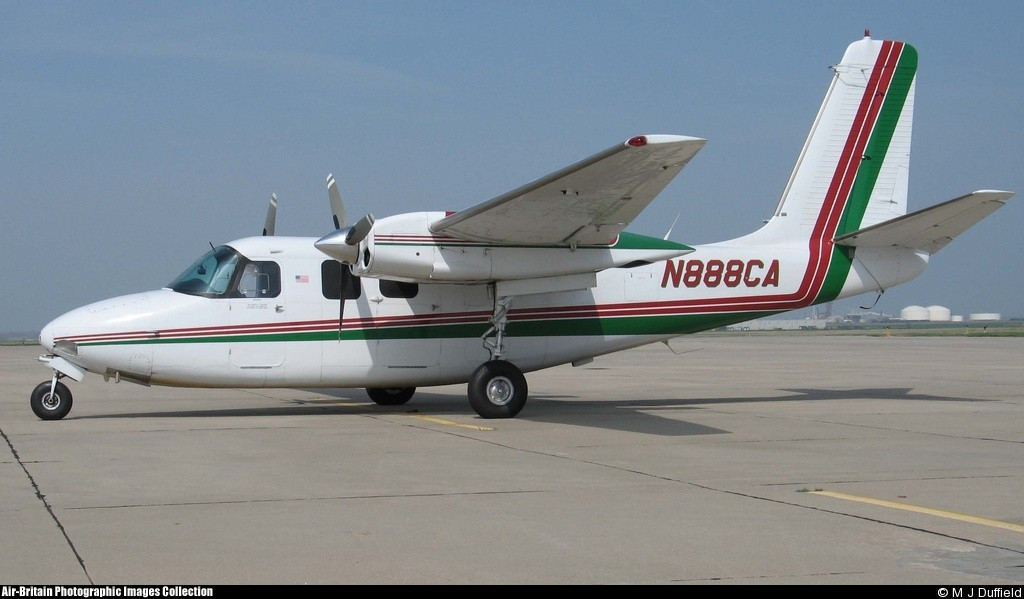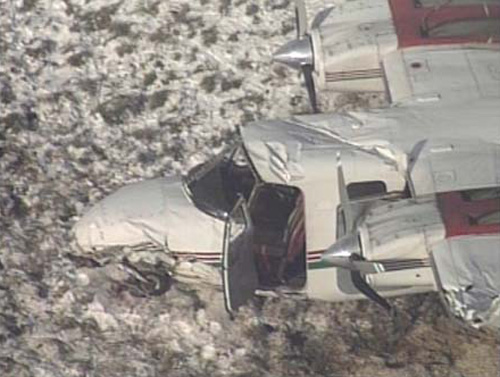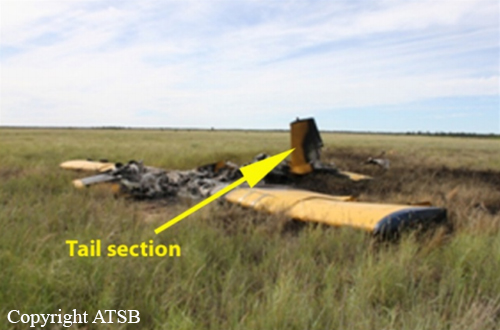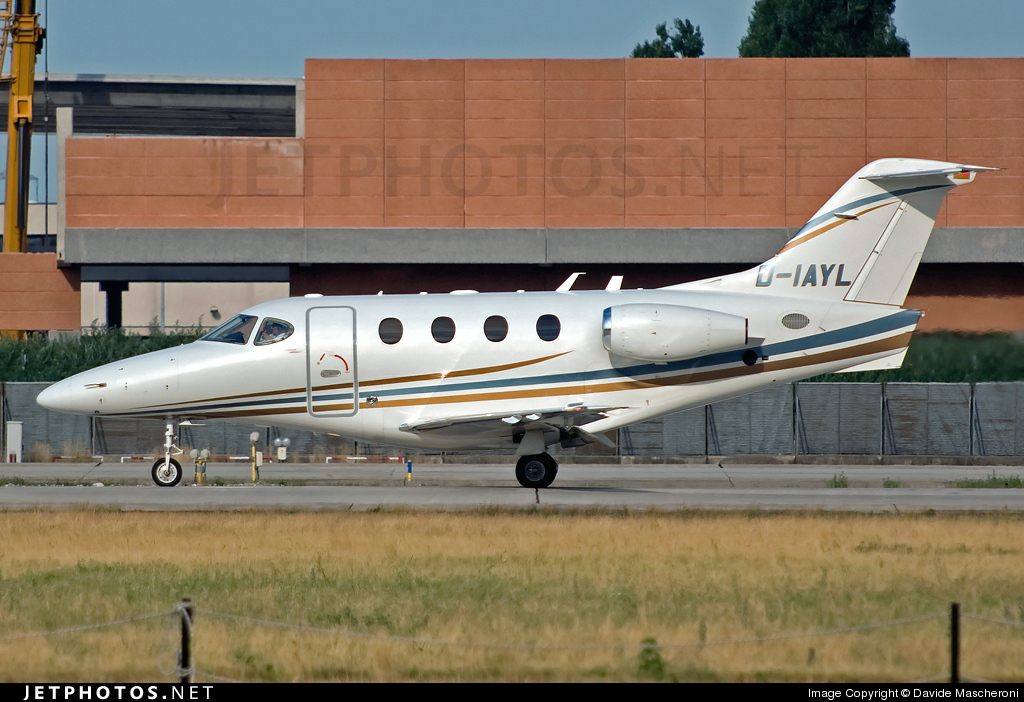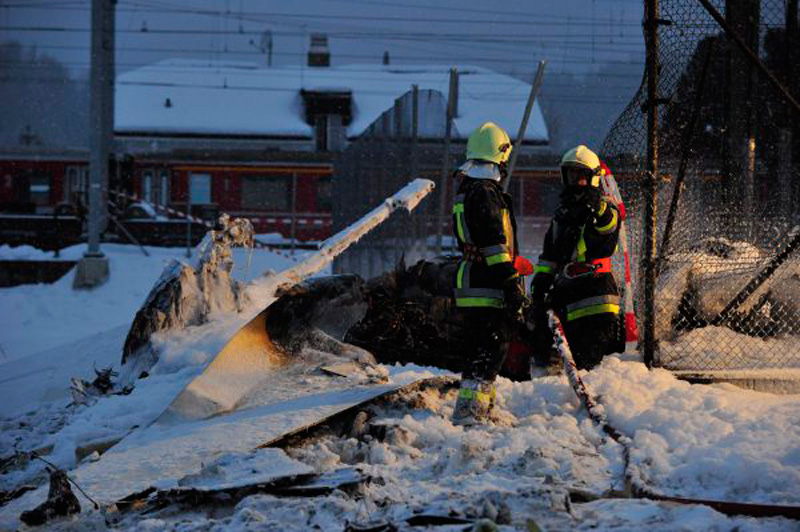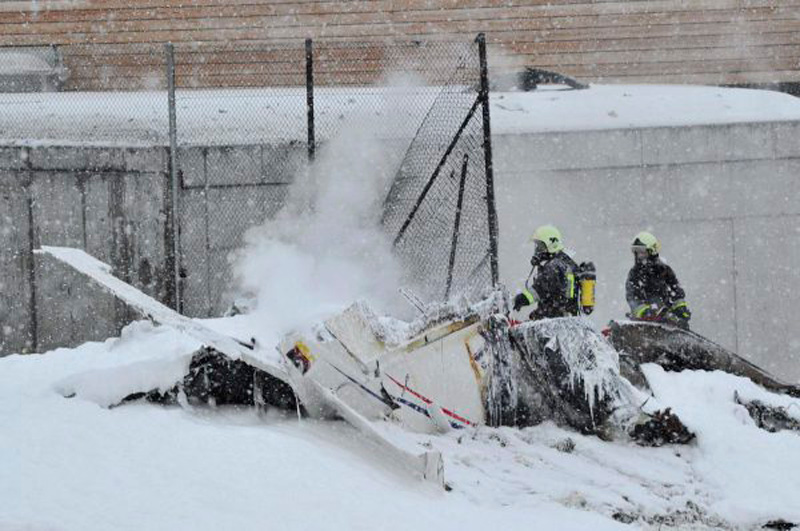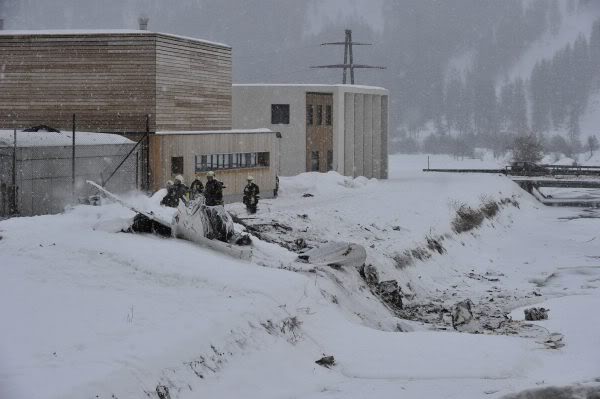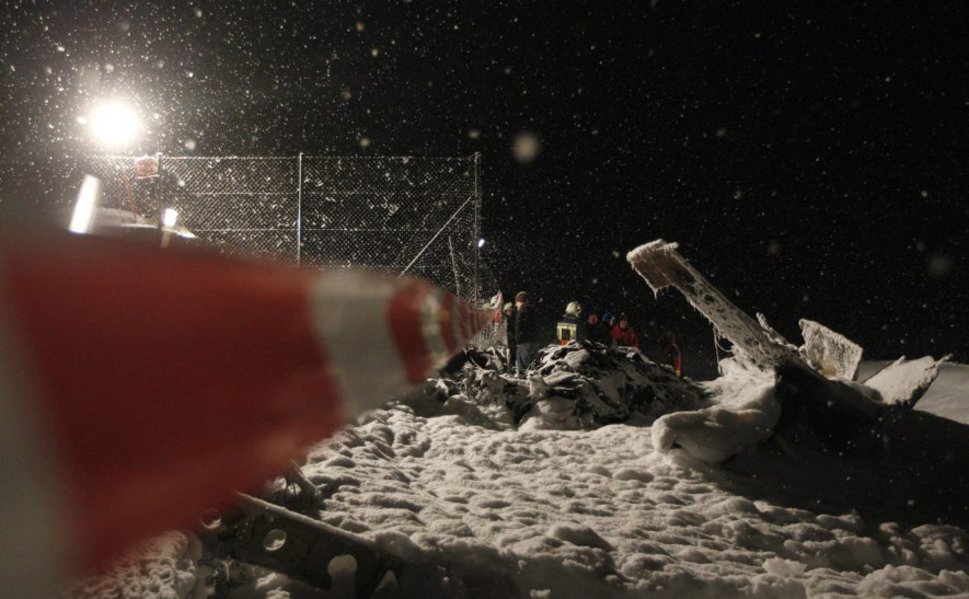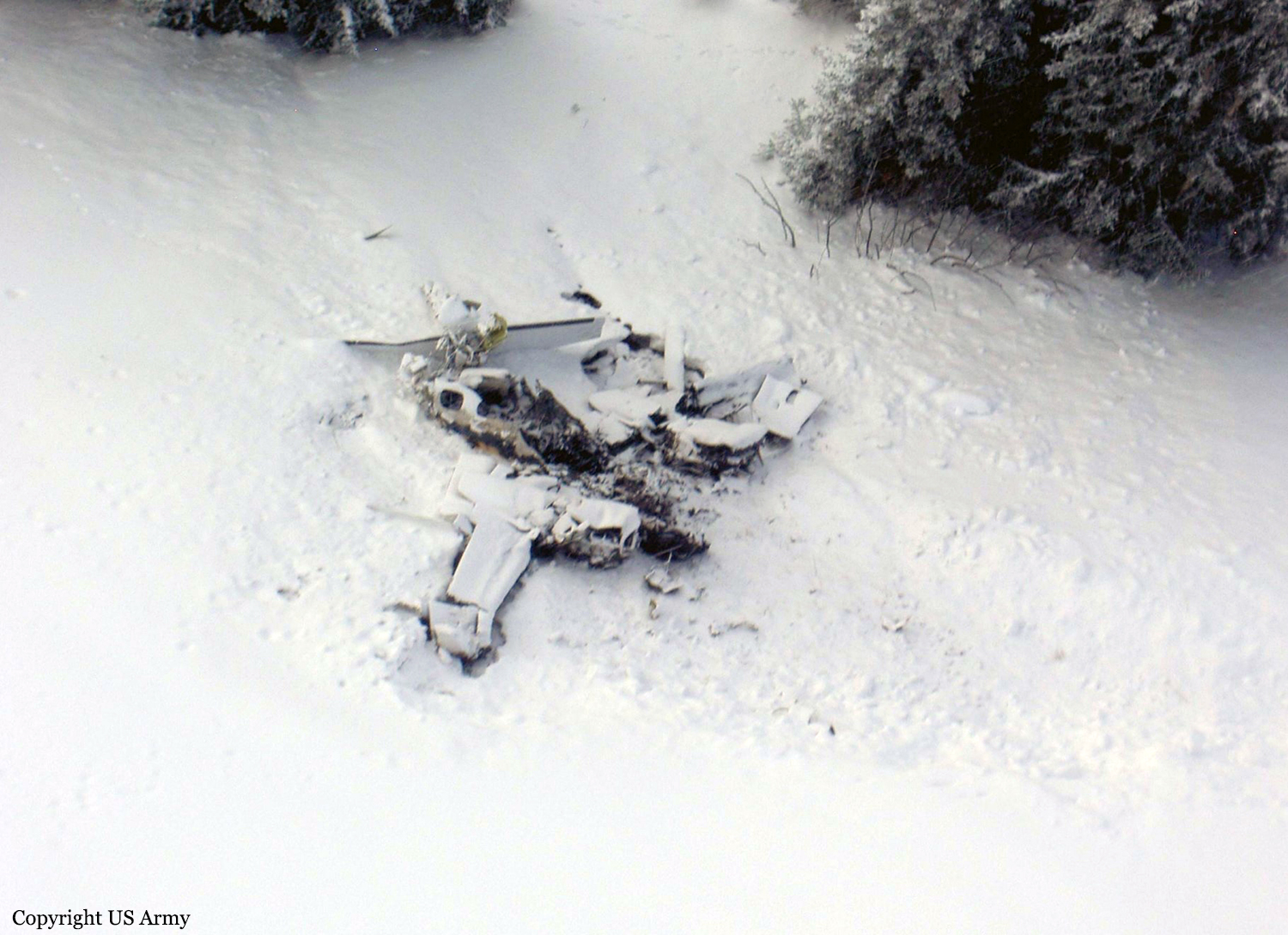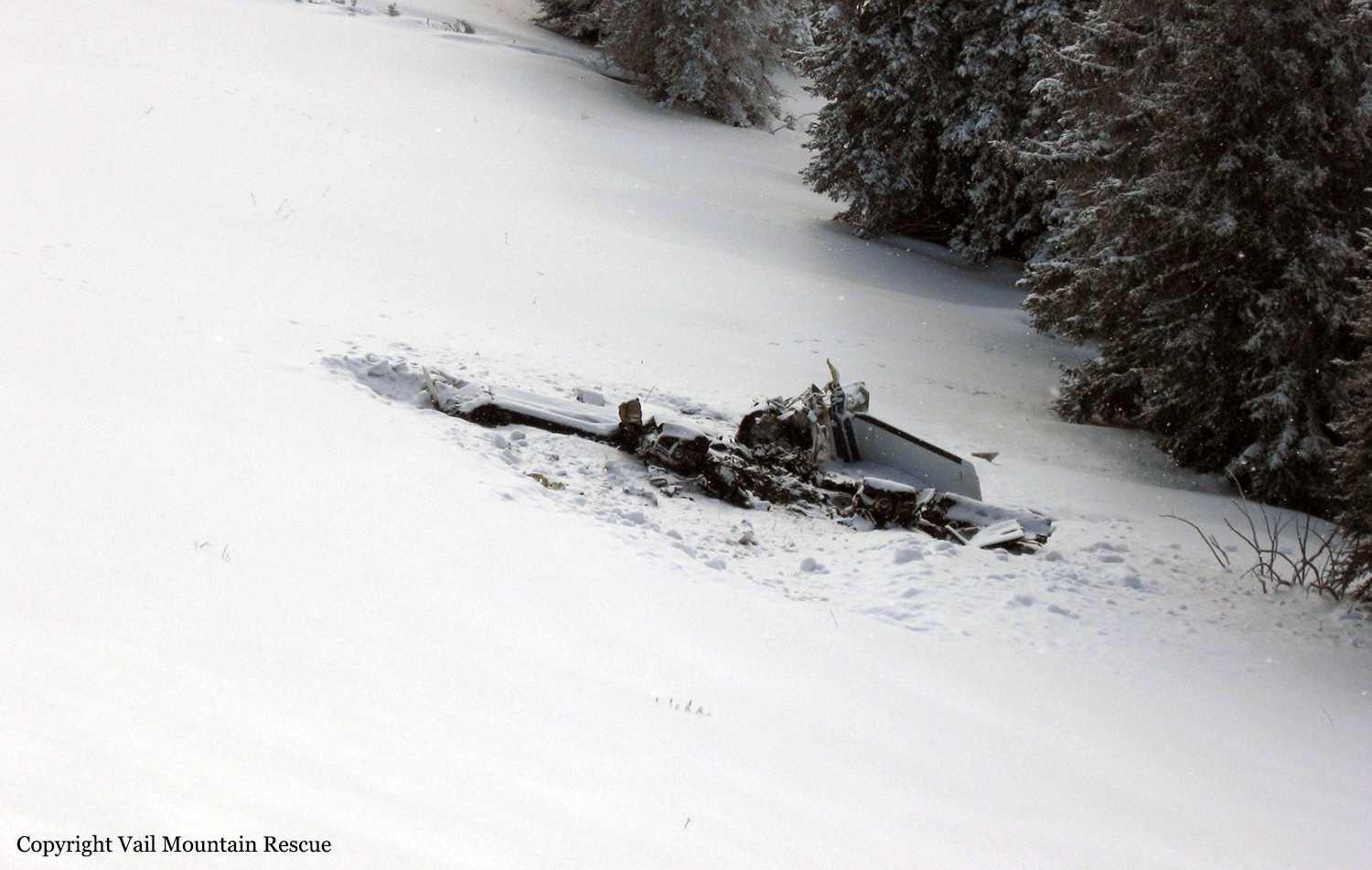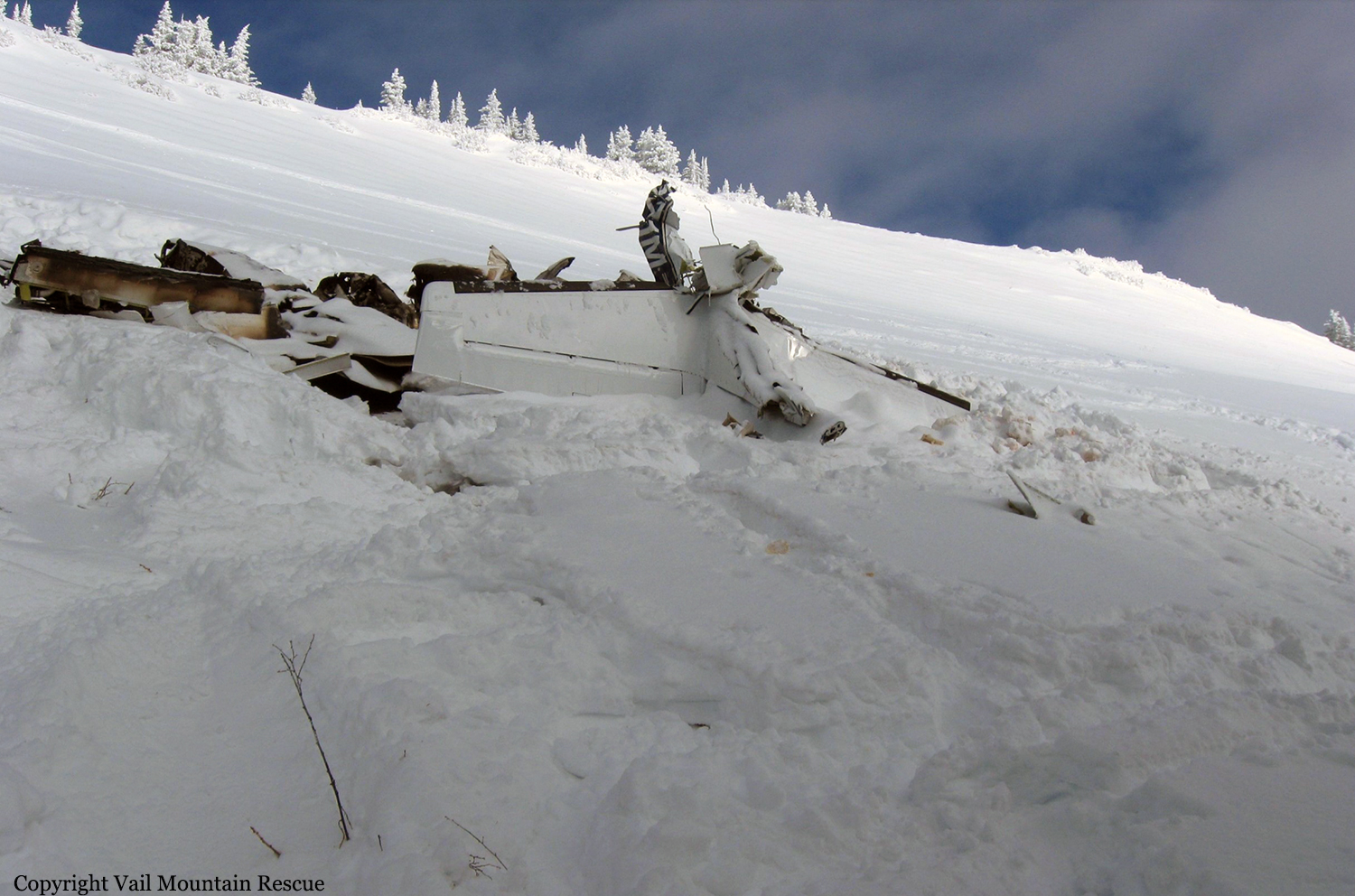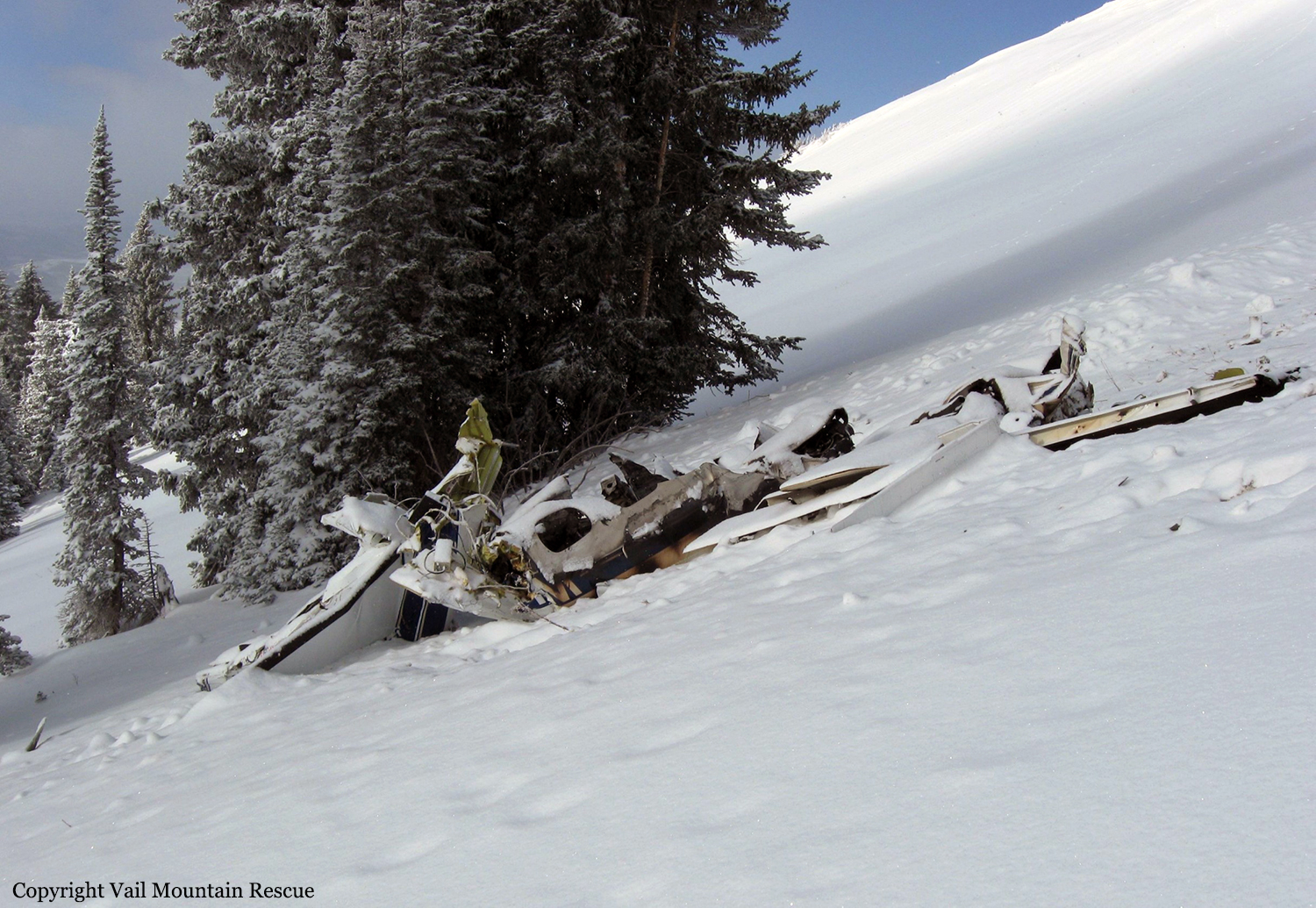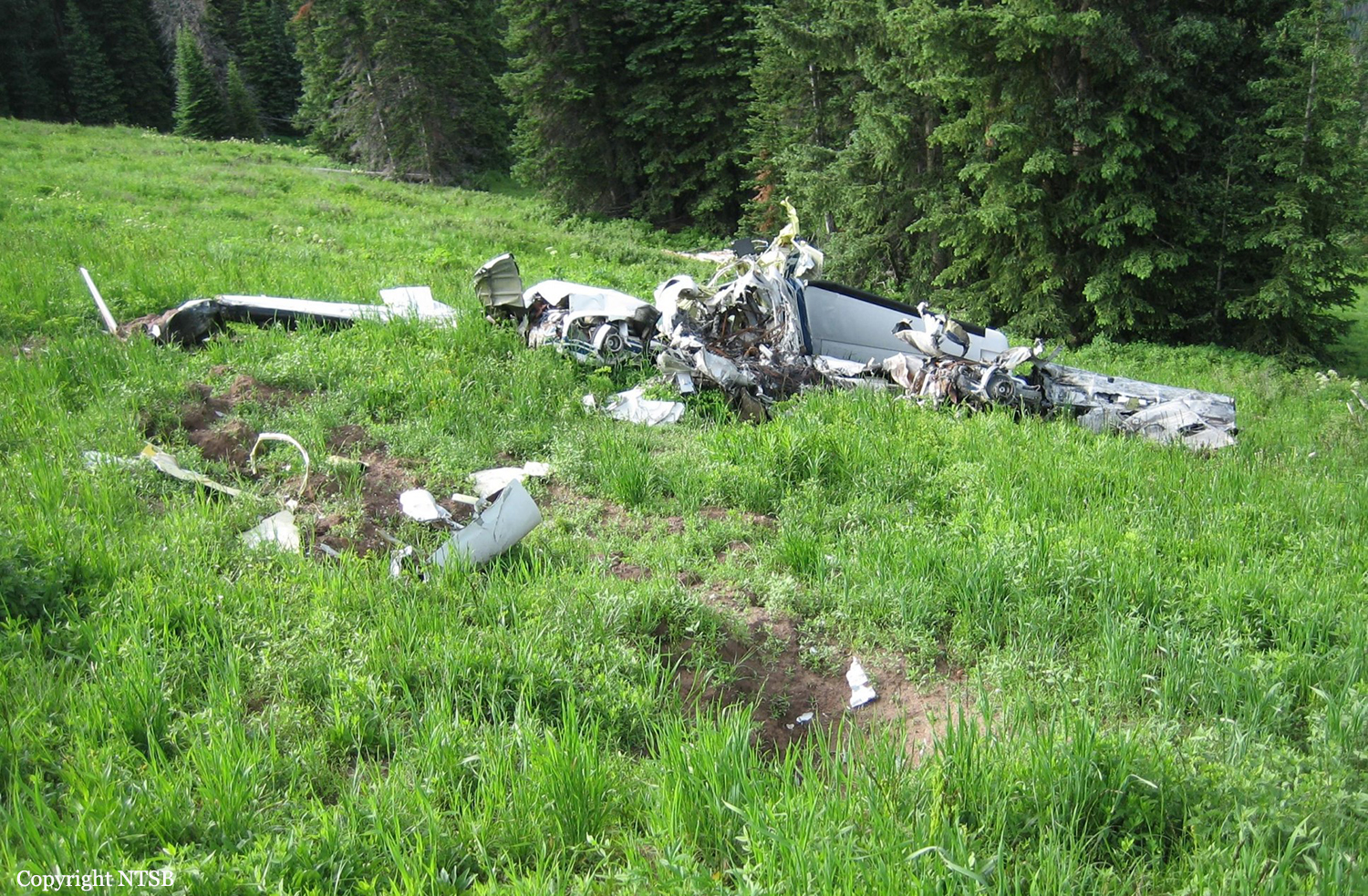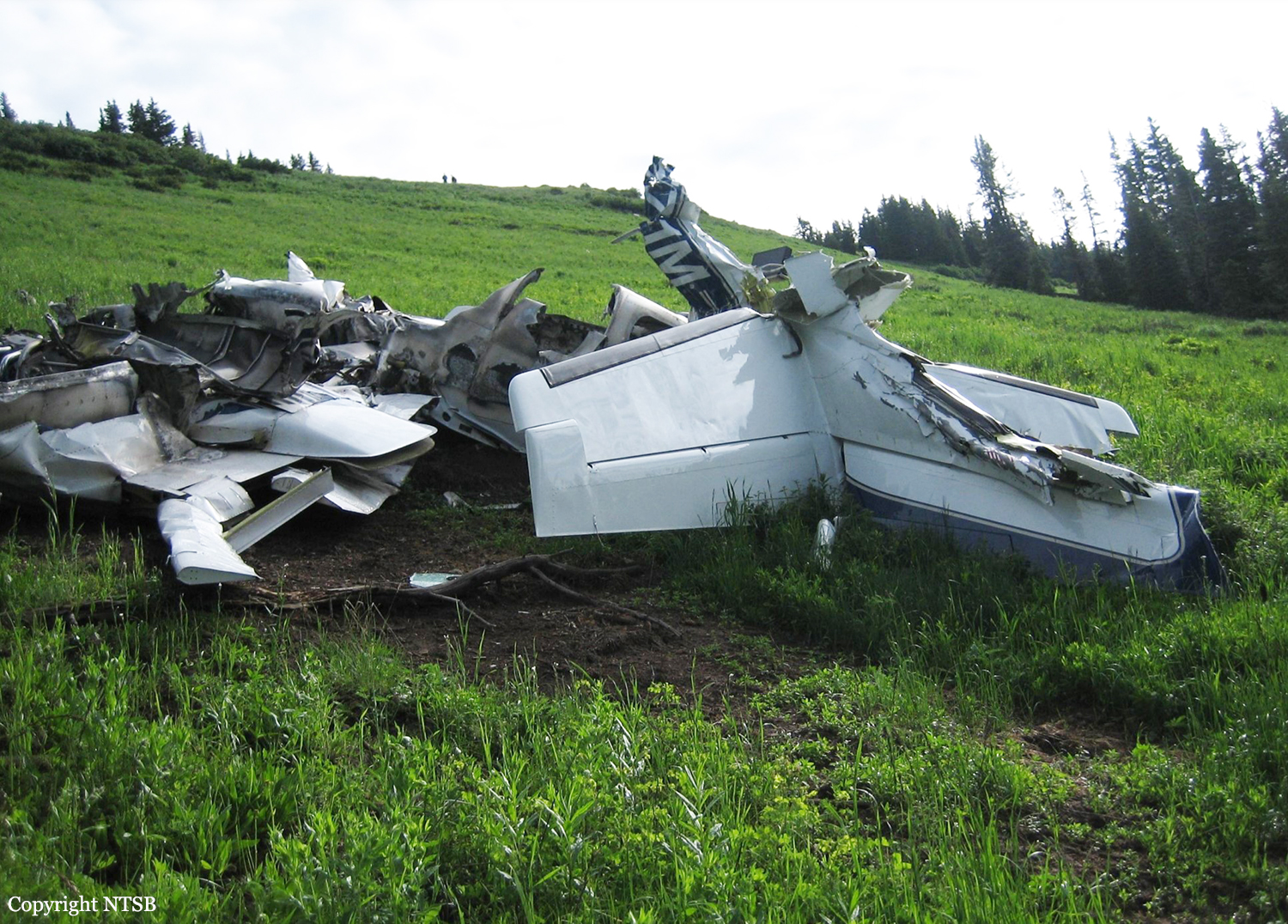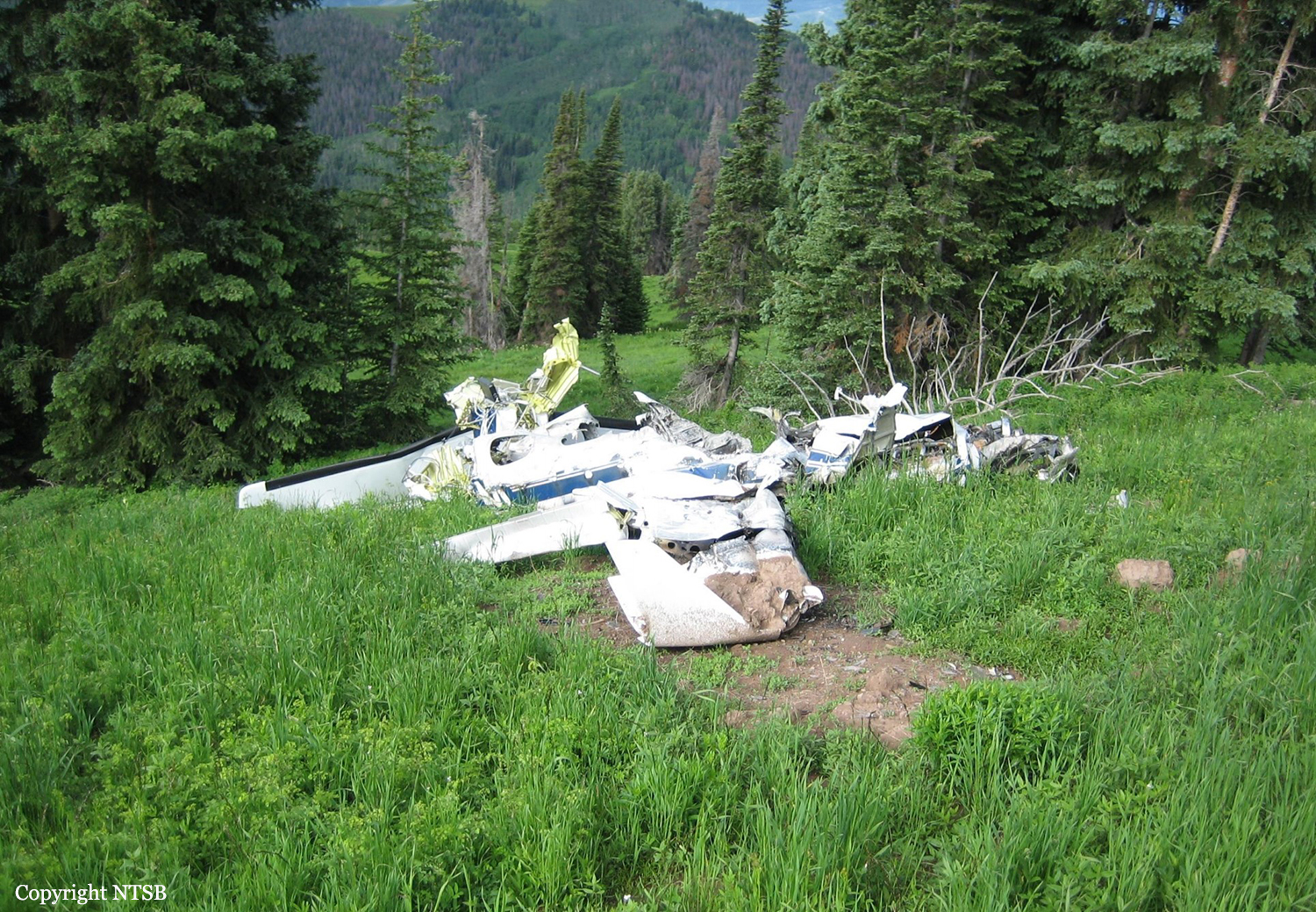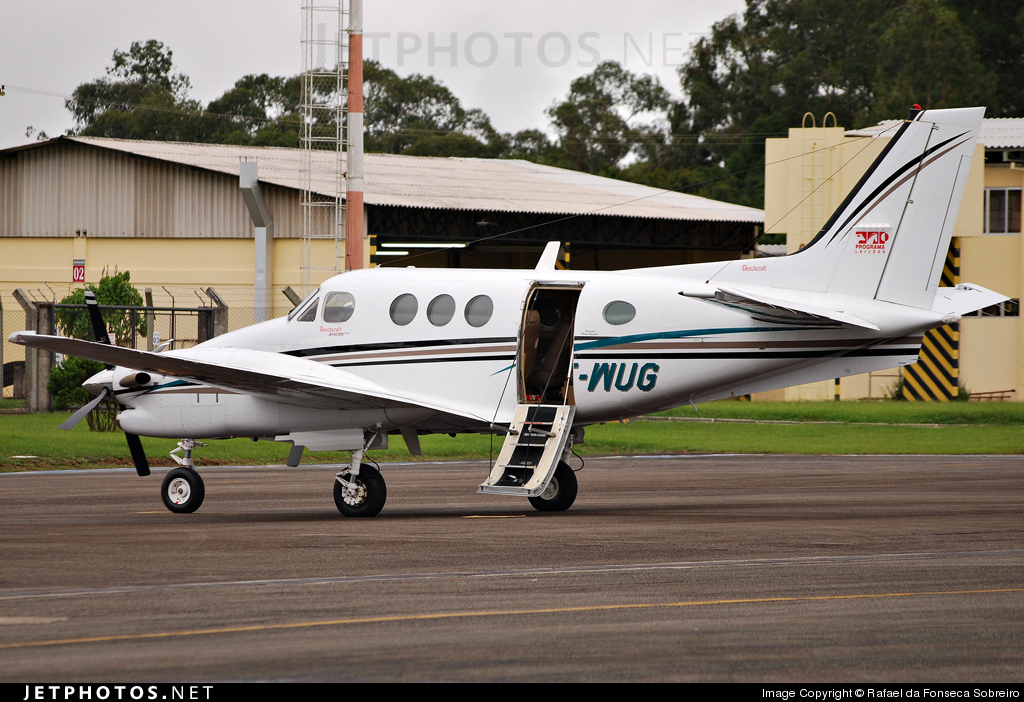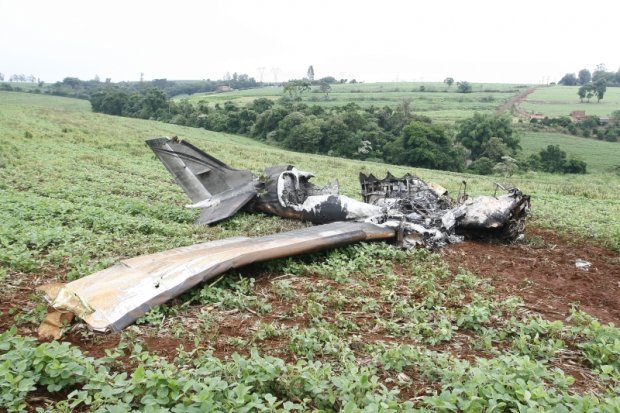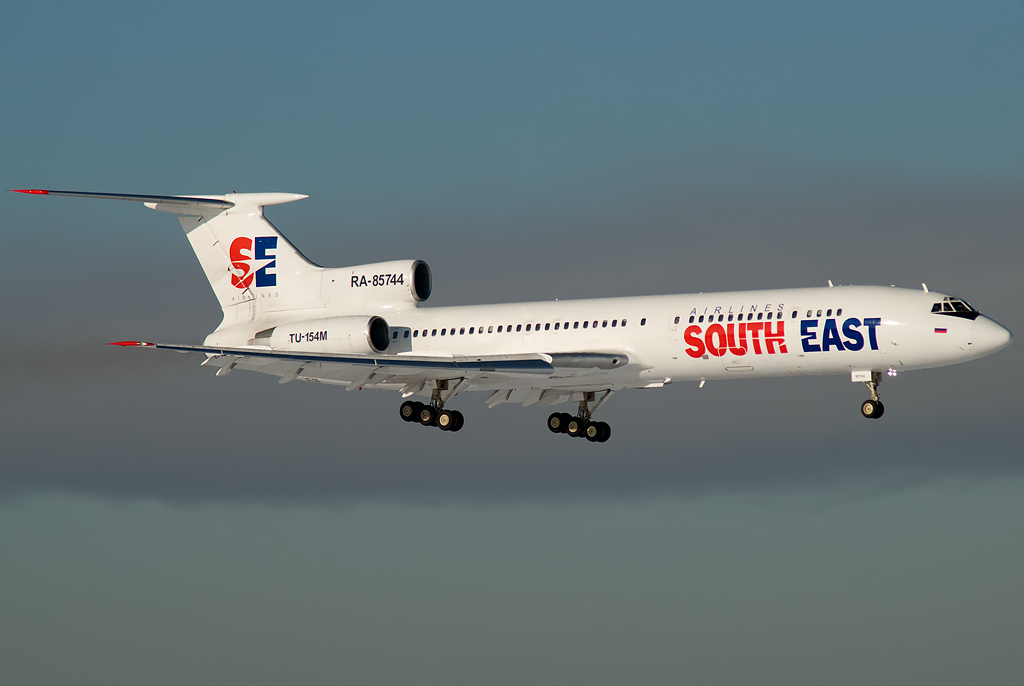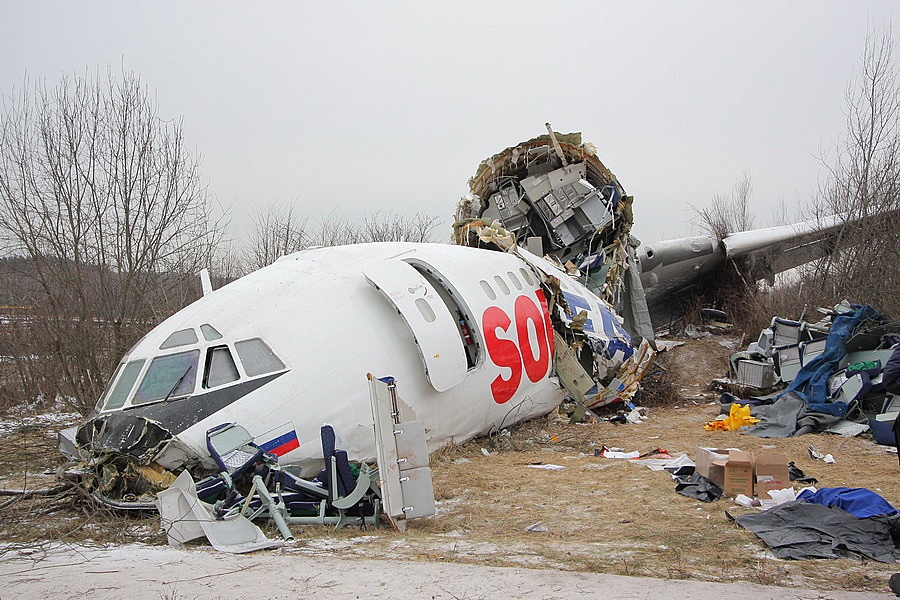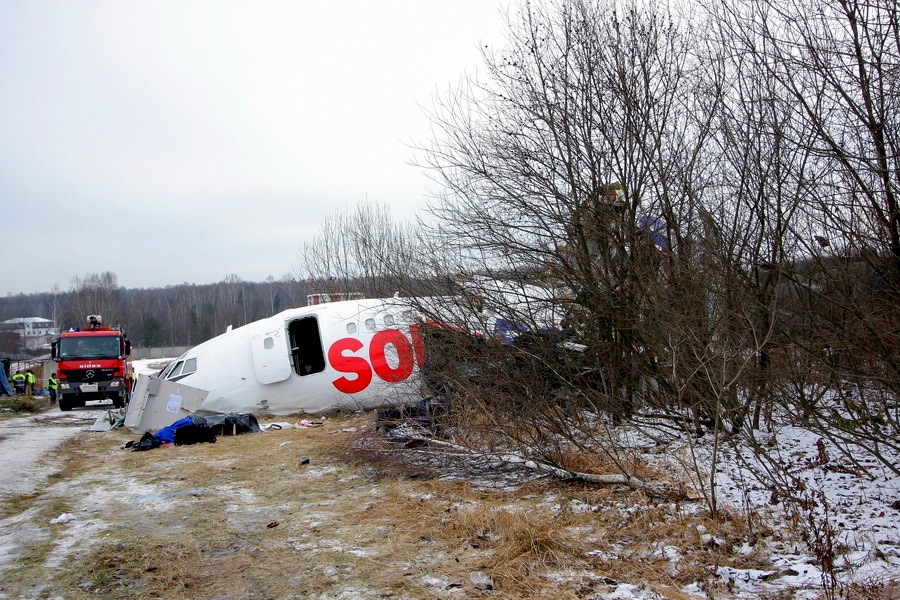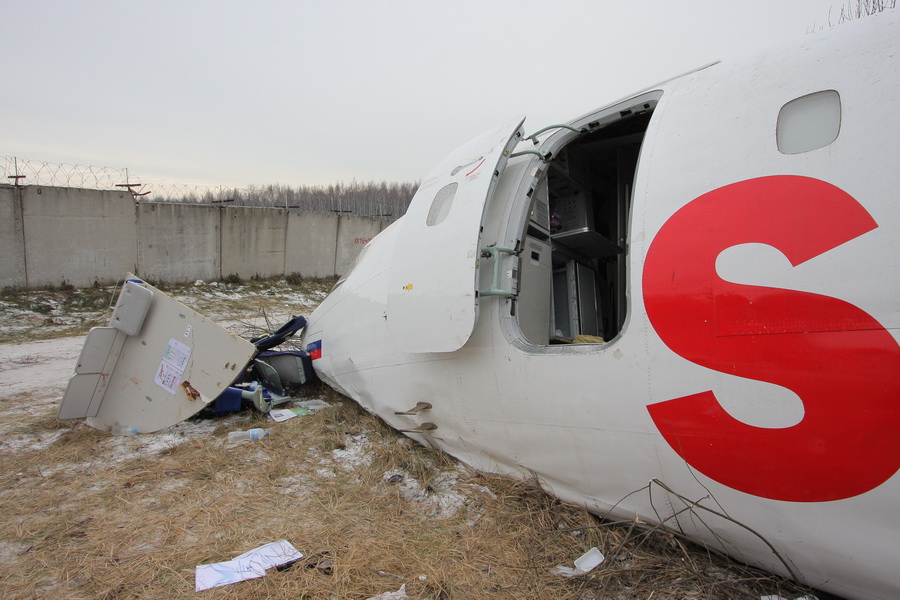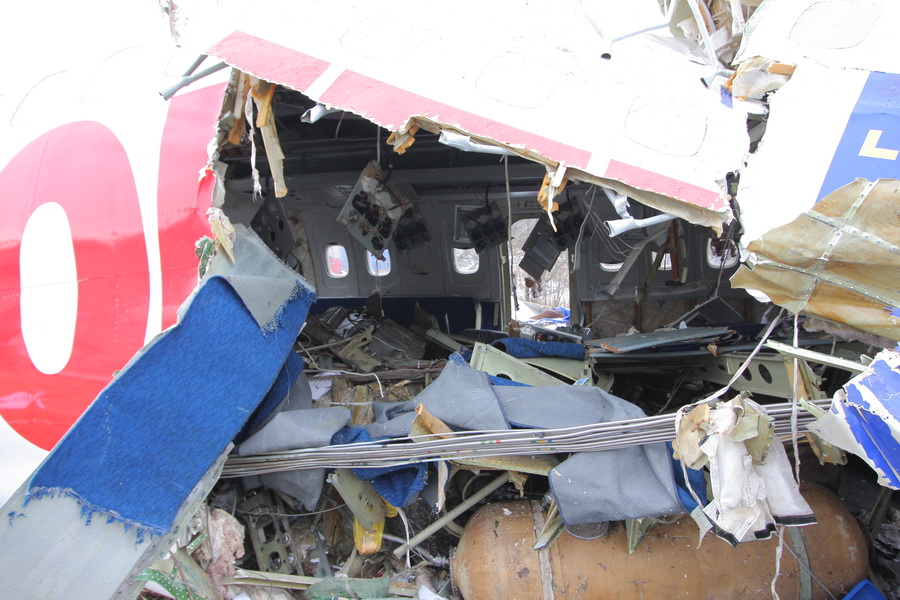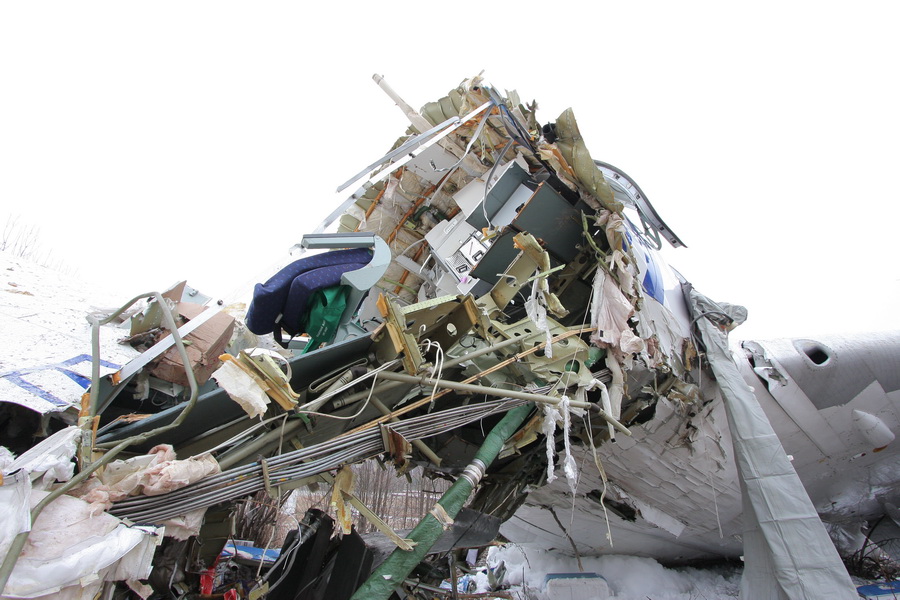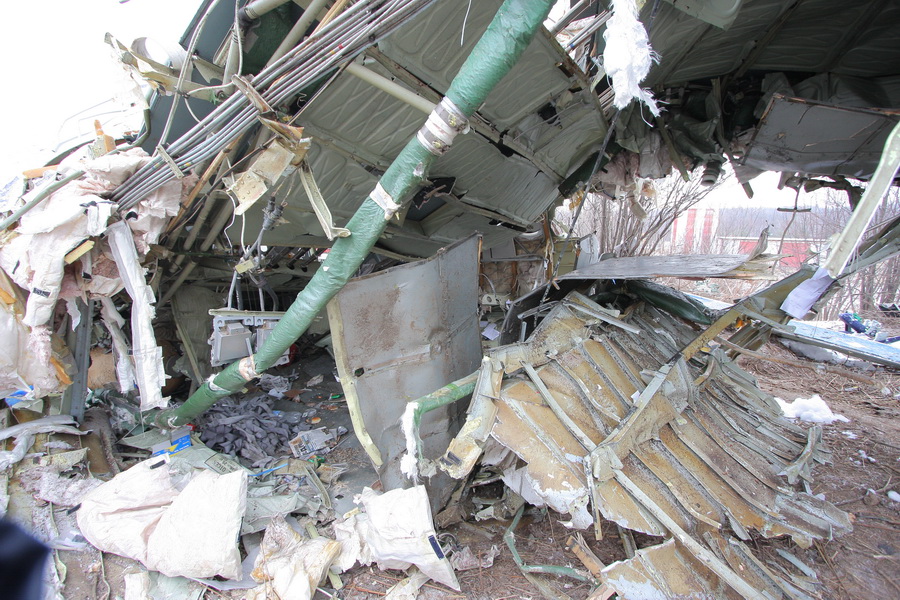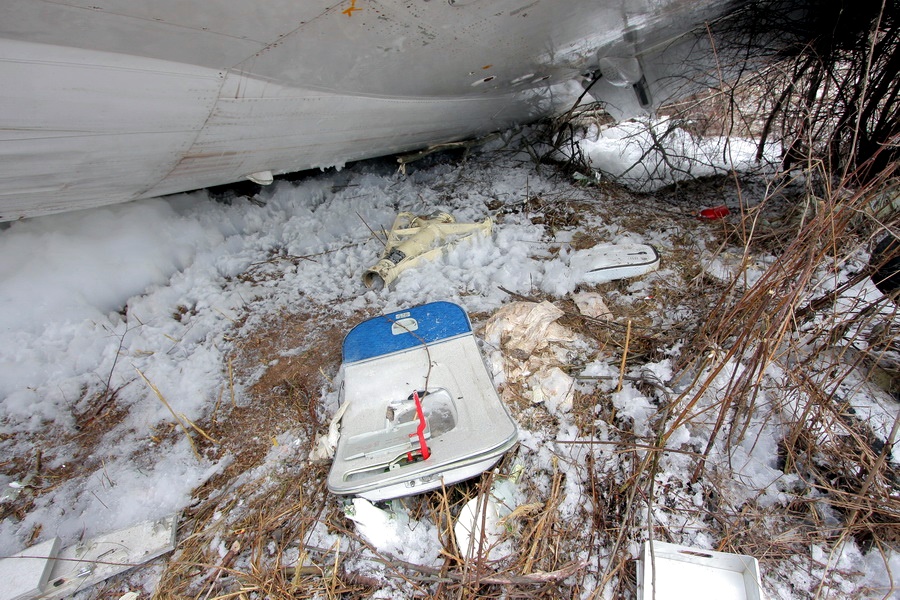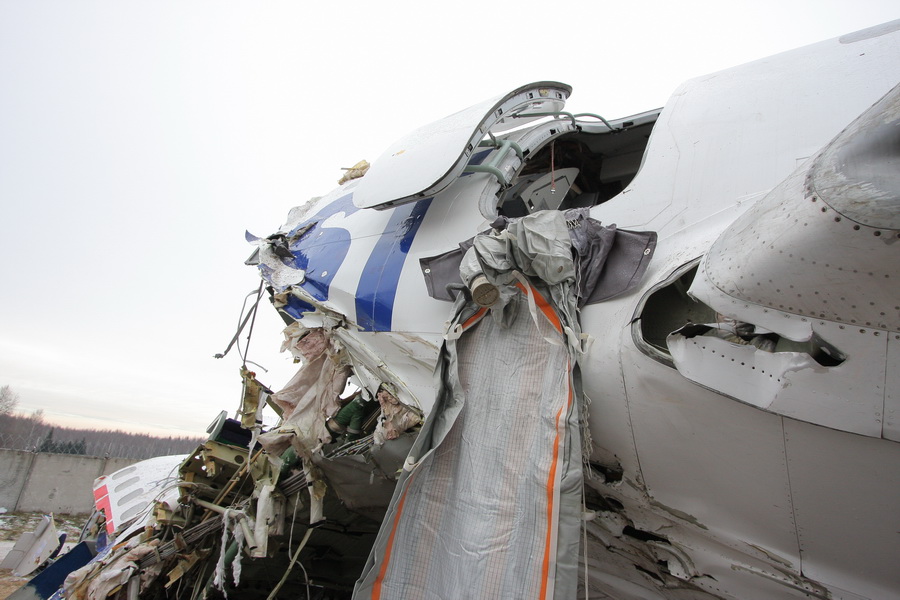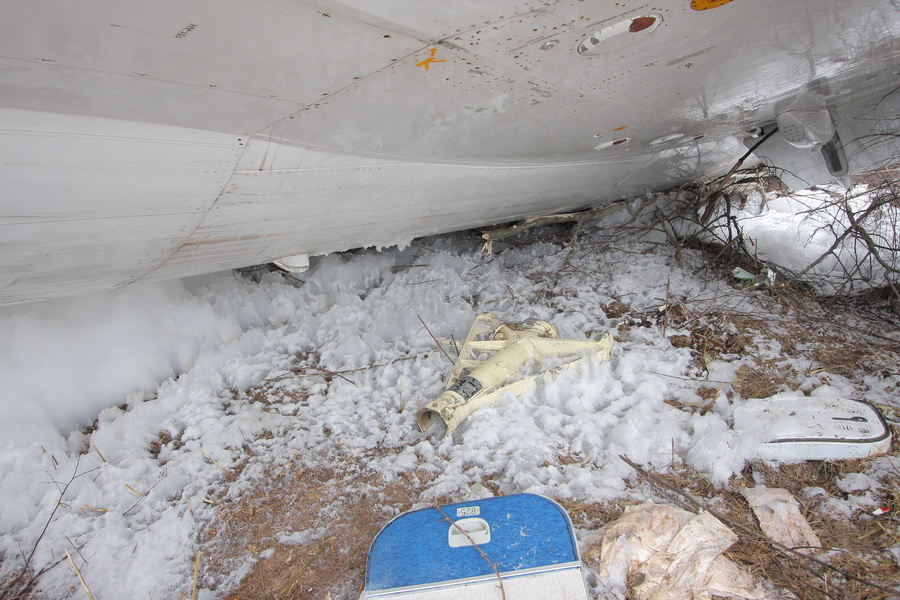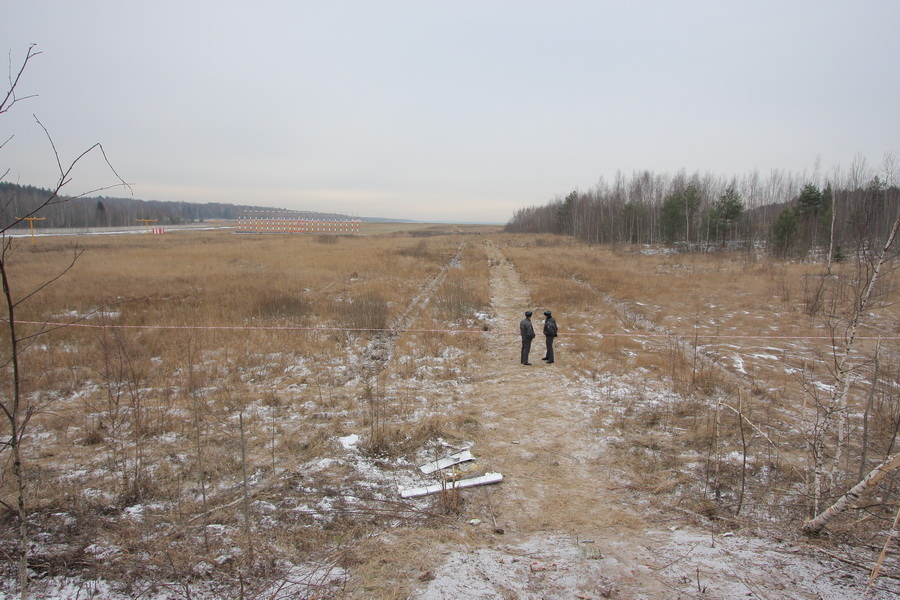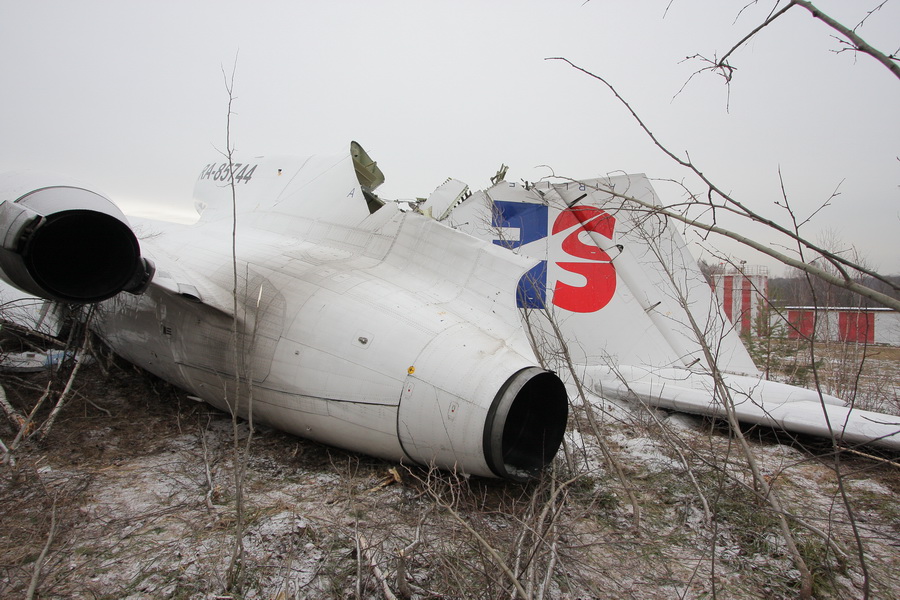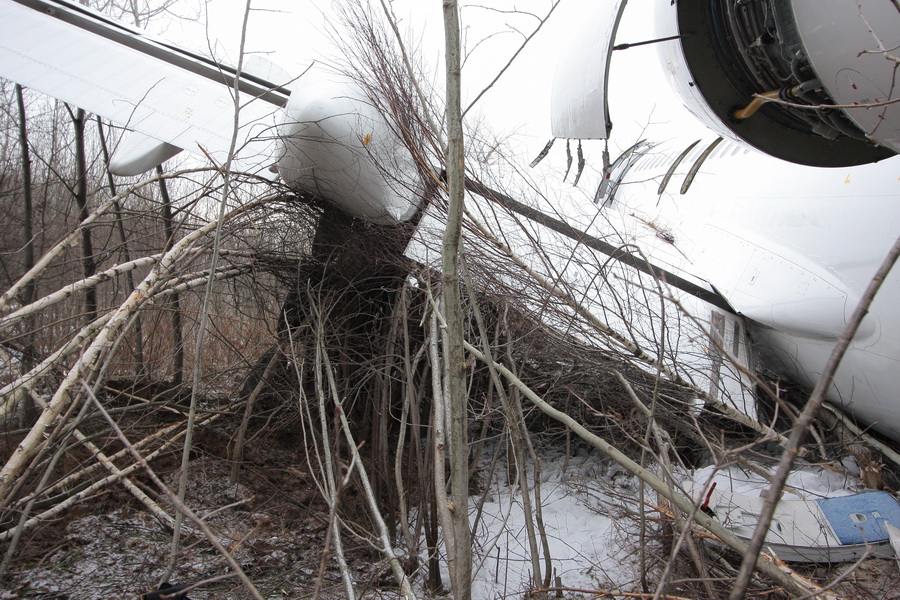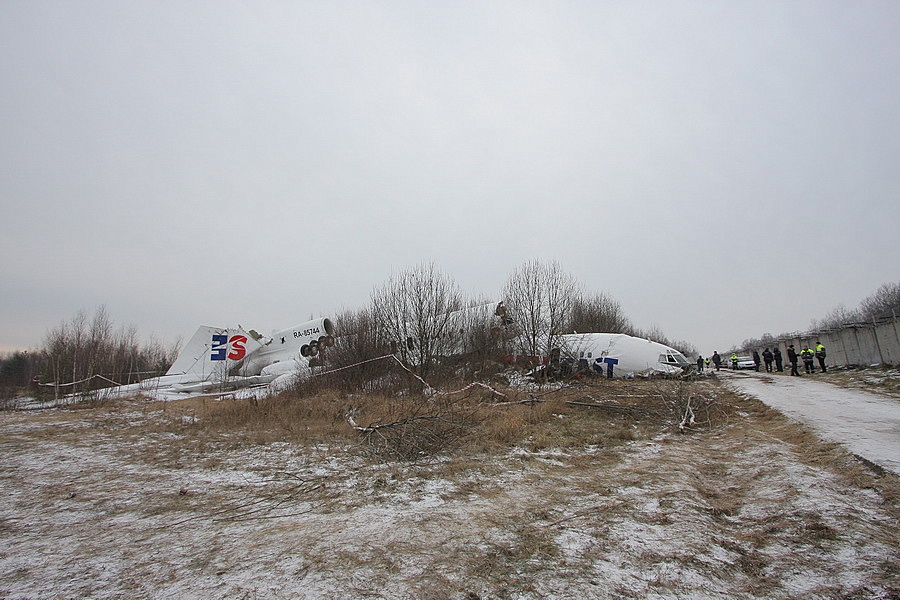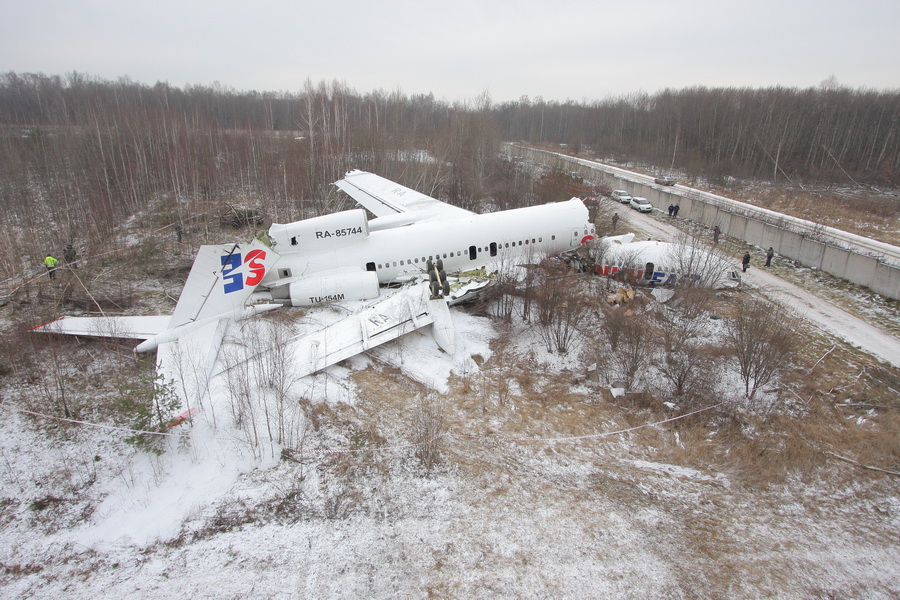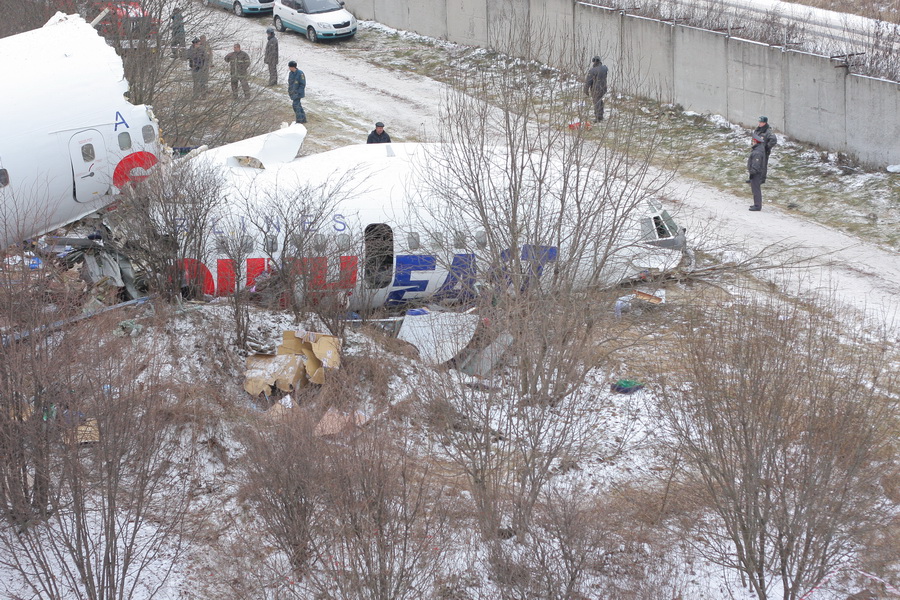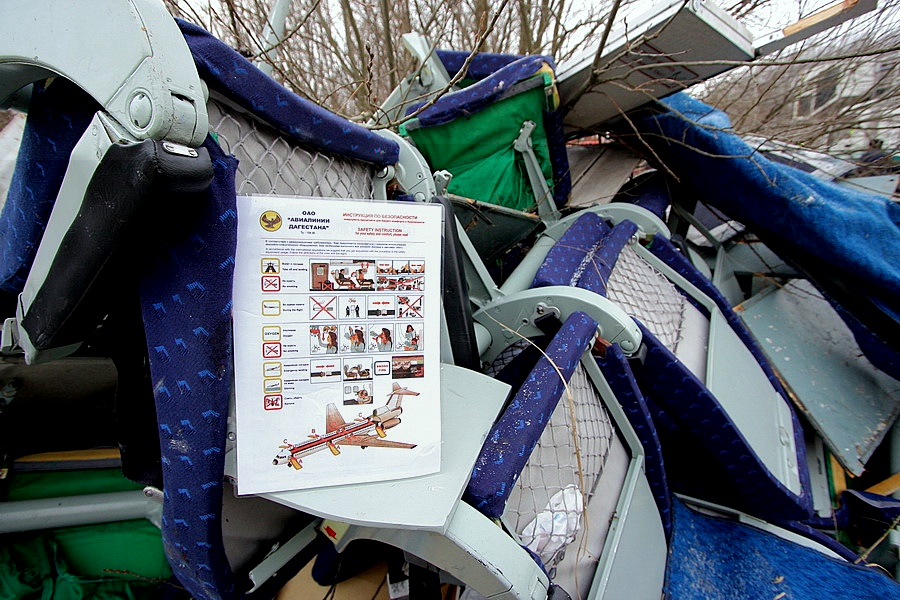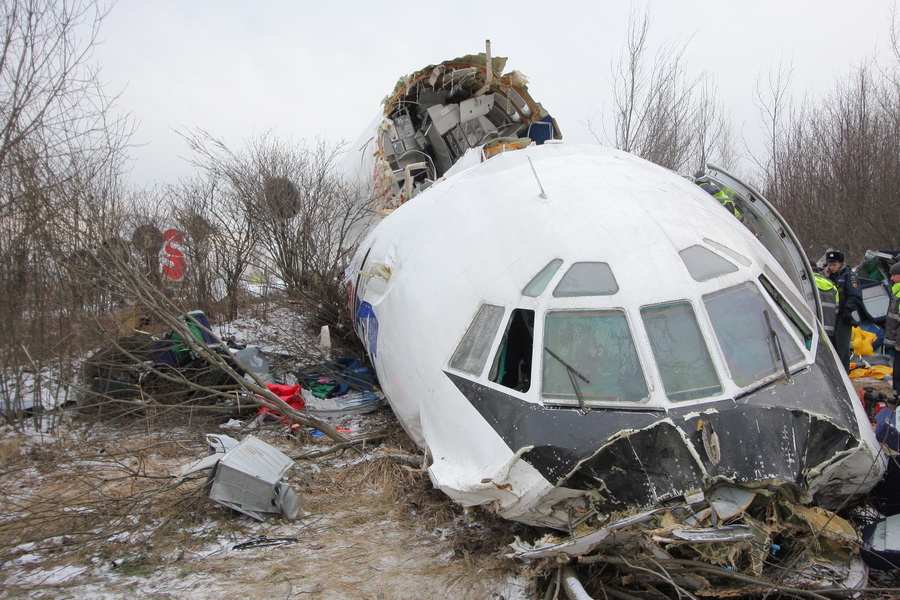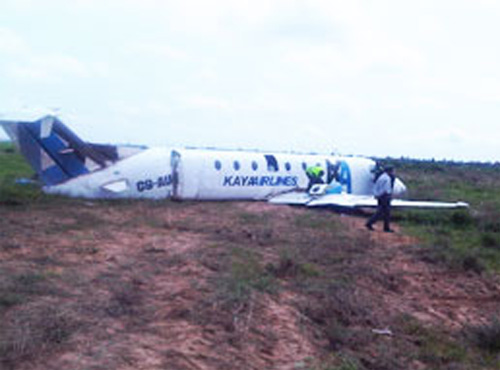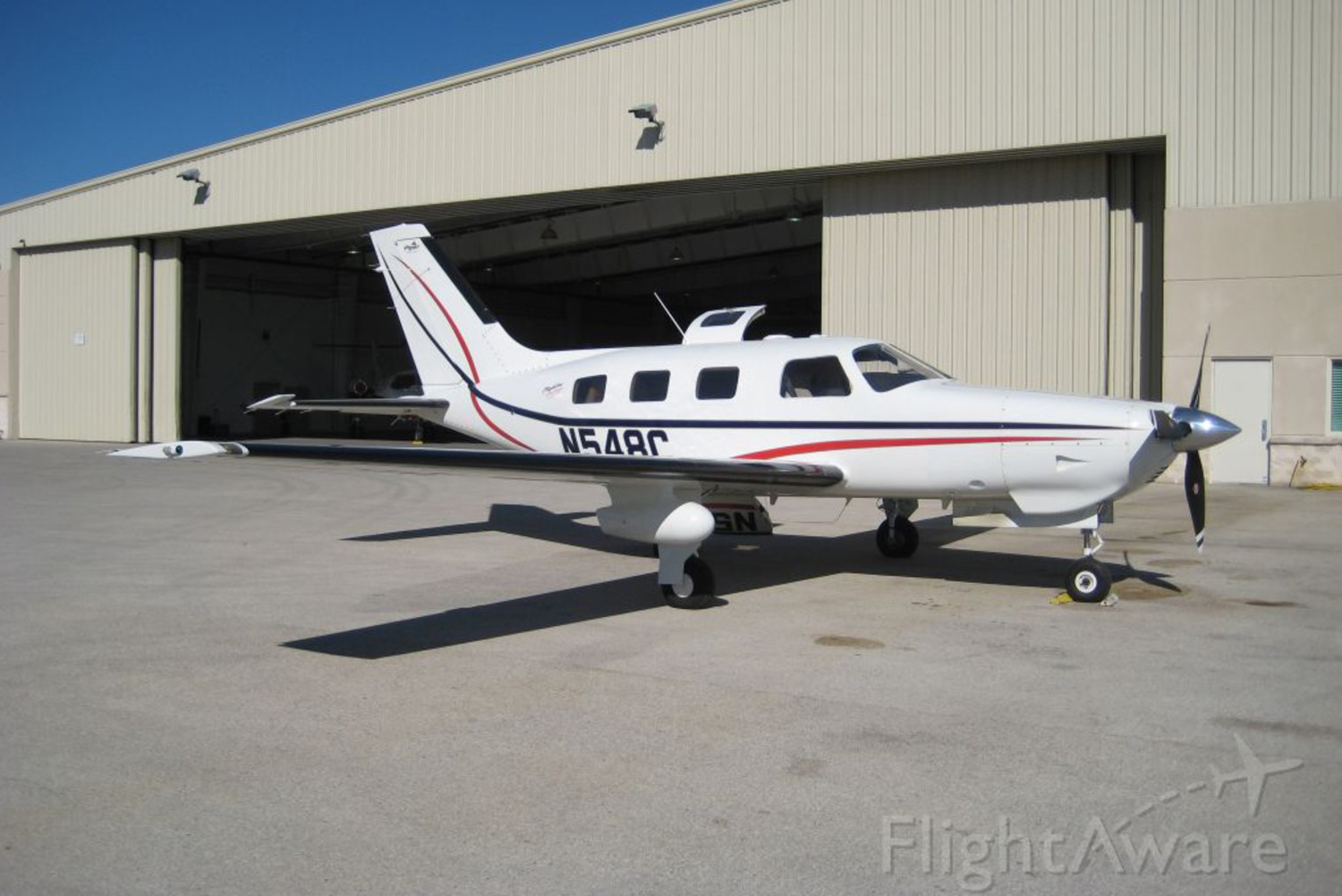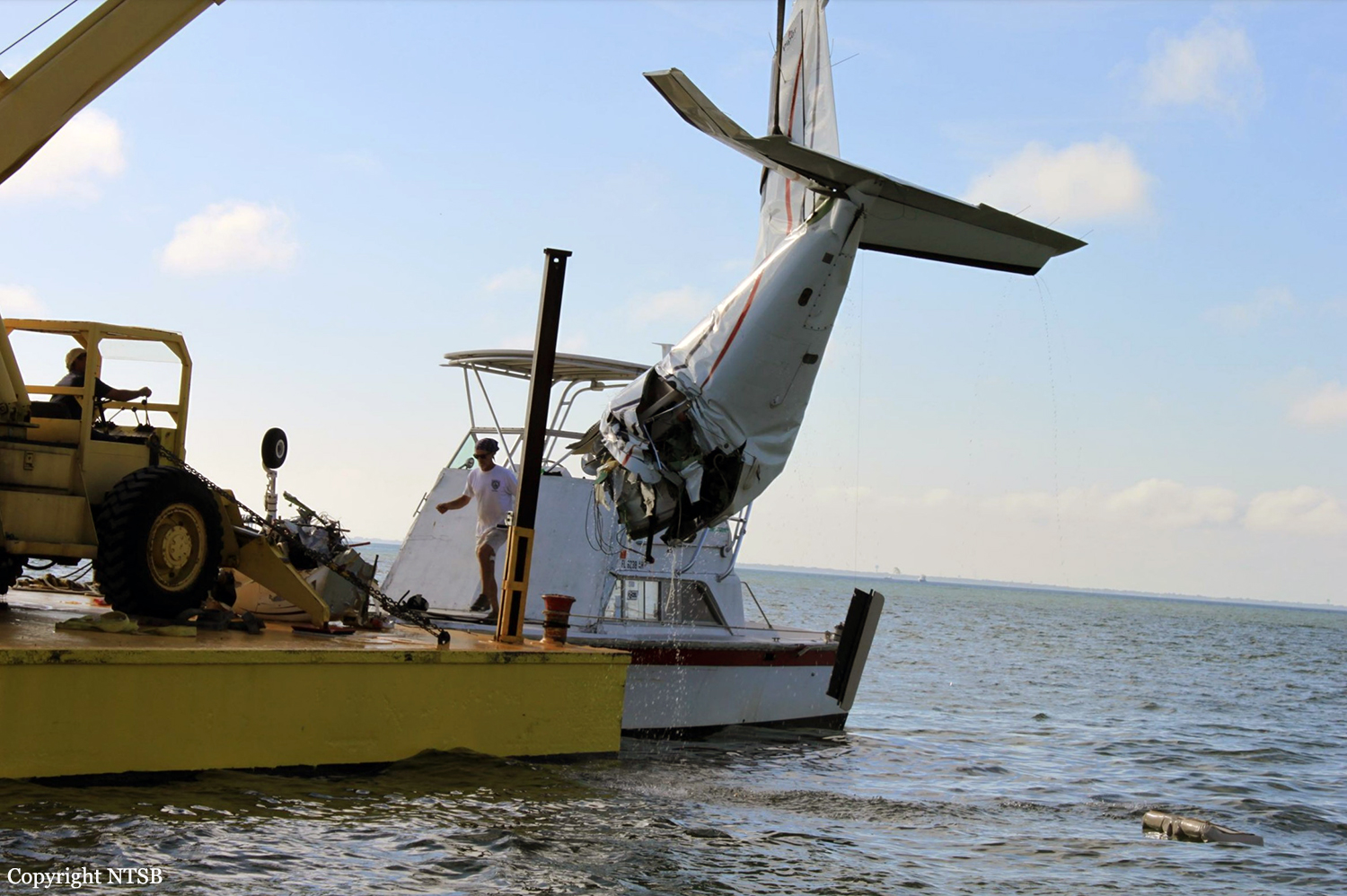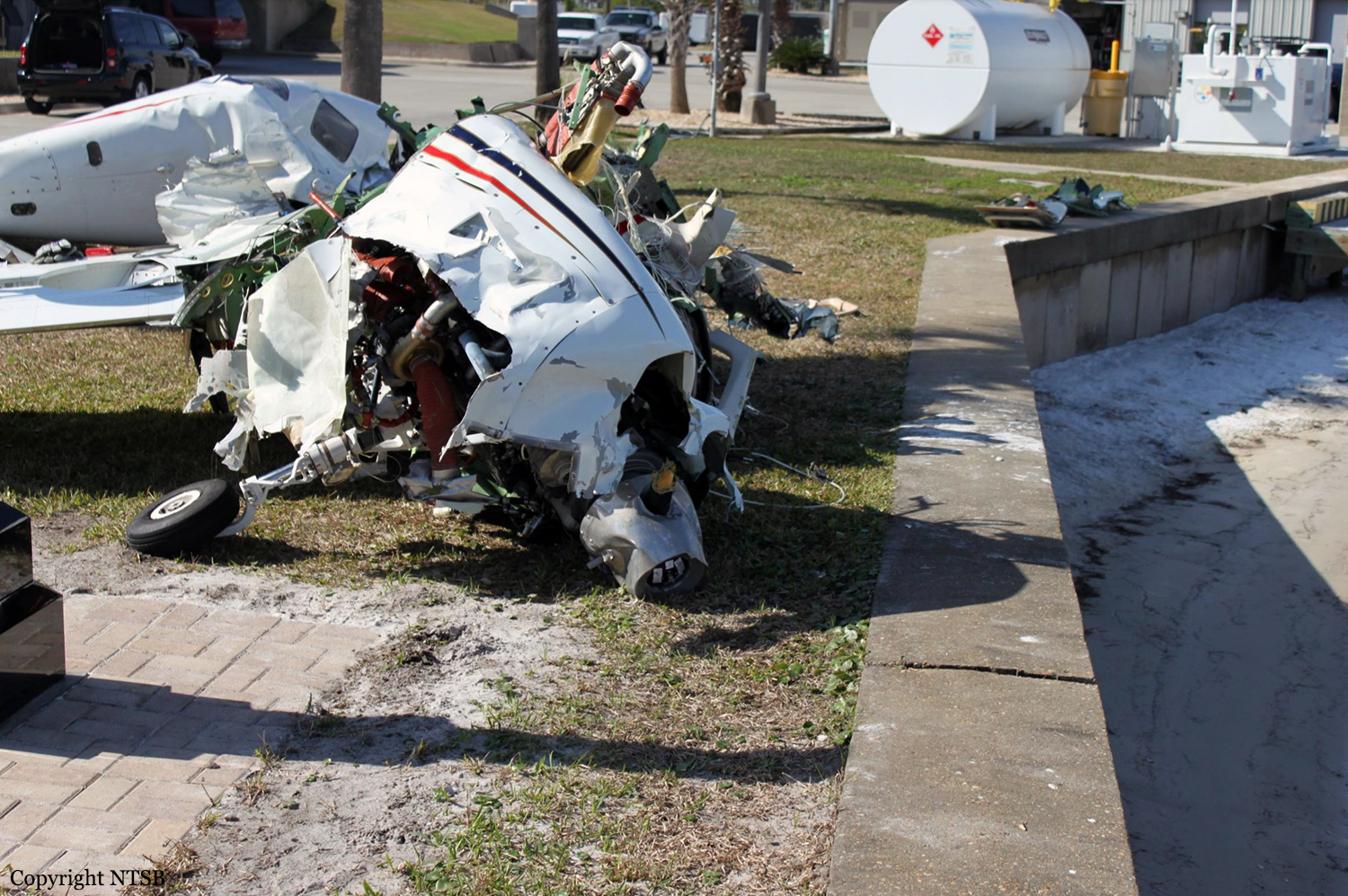Crash of a Rockwell Aero Commander 500 in Columbus
Date & Time:
Dec 27, 2010 at 2246 LT
Registration:
N888CA
Survivors:
Yes
Schedule:
Jeffersonville – Columbus
MSN:
500B-1318-127
YOM:
1963
Crew on board:
1
Crew fatalities:
Pax on board:
0
Pax fatalities:
Other fatalities:
Total fatalities:
0
Captain / Total hours on type:
3525.00
Circumstances:
Prior to the flight, the pilot preflighted the airplane and recalled observing the fuel gauge indicating full; however, he did not visually check the fuel tanks. The airplane departed and the en route portion of the flight was uneventful. During the downwind leg of the circling approach, the engines began to surge and the pilot added full power and turned on the fuel boost pumps. While abeam the approach end of the runway on the downwind leg, the engines again started to surge and subsequently lost power. He executed a forced landing and the airplane impacted terrain short of the runway. A postaccident examination by Federal Aviation Administration inspectors revealed the fuselage was buckled in several areas, and the left wing was crushed and bent upward. The fuel tanks were intact and approximately one cup of fuel was drained from the single fuel sump. Fueling records indicated the airplane was fueled 3 days prior to the accident with 135 gallons of fuel or approximately 4 hours of operational time. Flight records indicated the airplane had flown approximately 4 hours since refueling when the engines lost power.
Probable cause:
The pilot’s improper fuel management which resulted in a loss of engine power due to fuel exhaustion.
Final Report:
